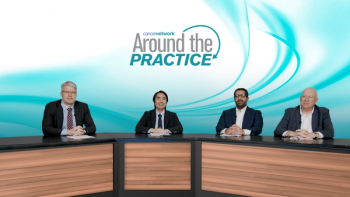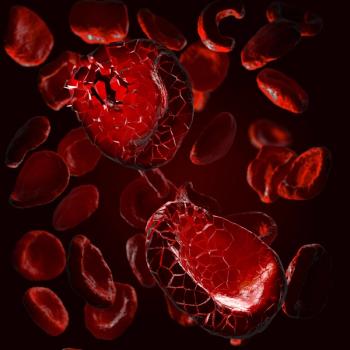
Opinion|Videos|October 25, 2024
Navigating the Challenges: Transitioning Patients from Community to Academic Settings in Multiple Myeloma Care
Panelists discuss how transitioning patients with multiple myeloma from community to academic settings faces challenges including communication gaps, differences in treatment approaches, patient reluctance, and logistical hurdles.
Advertisement
Episodes in this series

Video content above is prompted by the following:
- What are some challenges you are seeing when transitioning from community to academic settings
Newsletter
Stay up to date on recent advances in the multidisciplinary approach to cancer.
Advertisement
Advertisement
Advertisement




